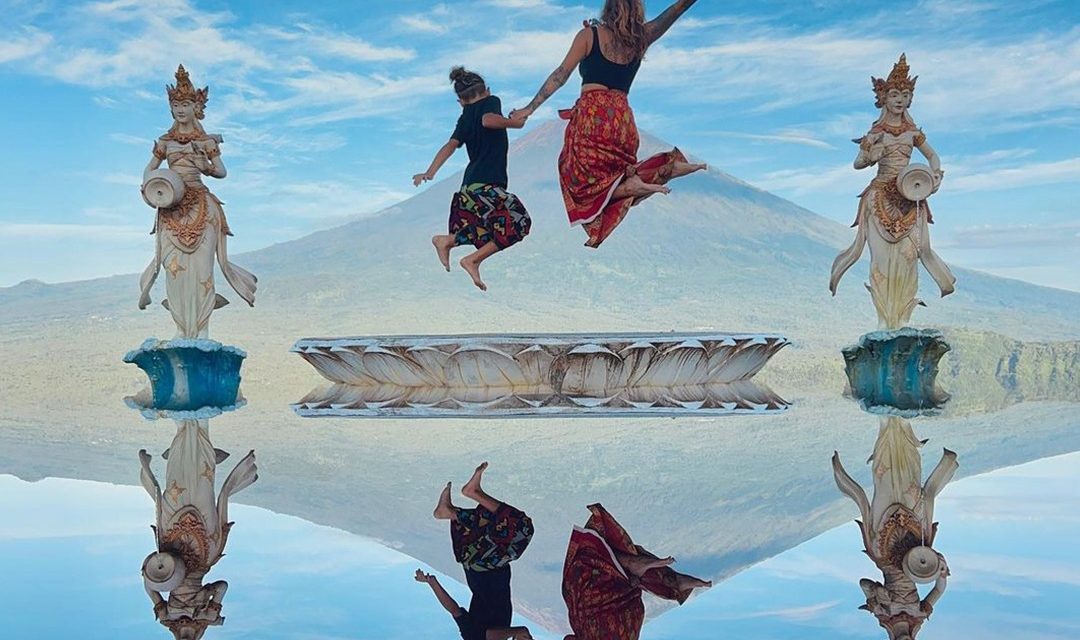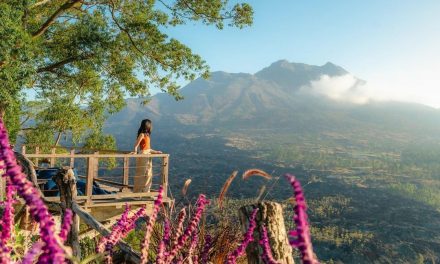If you’ve ever stepped foot in Bali, you may have been swept off your feet by the mesmerizing performances of traditional Balinese dance. Among the myriad of dances, Kuta traditional dance stands out for its vibrant energy and rich history. As I walked through the sun-soaked streets of Kuta, the sound of rhythmic gamelan music floating through the air lured me into one of the local cafes, where a small dance troupe was about to perform. Watching them, I felt an eclectic mix of curiosity and admiration—this was not just art, but a reflection of culture, spirituality, and community.
The Origins of Kuta Traditional Dance
Kuta, known for its bustling beaches and surf culture, has deep roots that go beyond modern tourism. The Kuta traditional dance draws influences from various forms of Balinese and Indonesian traditions. These dances have long been a vital part of religious and social gatherings, celebrating important rituals and telling stories passed down through generations.
Historically, dances in Bali were performed solely within religious contexts. However, as I learned from local performers, the Kuta traditional dance has evolved. It now serves both cultural preservation and entertainment—taking the essence of ancient traditions and presenting them in a way that resonates with both locals and tourists.
The Significance of Kuta Traditional Dance
The significance of the Kuta traditional dance is multifold. At its core, it embodies the spirit of community. Each performance invites collective participation from onlookers, making everyone feel part of a shared experience. When I joined a small group of locals watching a Kuta dance the first time, I felt the infectious energy of applause and cheers. It reminded me that traditions thrive when they are shared.
Cultural Expression
Kuta traditional dance is a dynamic form of arts that expresses the Balinese worldview. The movements, costumes, and accompanying music (often played on gamelan, a traditional ensemble of instruments in Indonesia) convey stories of mythology, nature, and spirituality.
One memorable performance I witnessed depicted the story of a sacred battle, where dancers adorned in elaborately crafted costumes brought the characters to life with every graceful movement. The expressions on their faces told a story that transcended words. There’s something incredibly profound in the way dance can depict complex narratives in such an accessible form.
Preservation of Heritage
For the Balinese, dance is not merely entertainment. It preserves their heritage, acting as a bridge between the past and present. I remember chatting with a young dancer who explained how their family had passed the art down through generations. She expressed pride in keeping the traditions alive not just for the sake of nostalgia, but to instill a sense of identity and belonging for future generations.
Relatable Scenarios: Experiencing Kuta Dance
Imagine visiting Bali, the sun setting over the horizon, casting a golden hue over everything. You’re at the beach, and a poster catches your eye: “Traditional Kuta Dance Tonight!” You decide to go, and suddenly, you’re surrounded by locals and fellow travelers, each person on the edge of their seat, anticipation buzzing in the air.
As the dancers take the stage, you witness how each flick of the wrist and each turn of the head is intentional and filled with meaning. You might not know the story initially, but the expressive styles draw you in—making you feel joy, tension, and nostalgia all at once.
Practical Advice: Engaging with Kuta Traditional Dance
If you’re planning a trip to Kuta or Bali, here are some practical tips to fully engage with the Kuta traditional dance experience:
1. Look for Local Performances: Many temples and community gatherings host traditional dances. Check local listings or ask locals about when and where to catch these performances.
2. Participate in Workshops: Some places offer dance workshops where you can learn the moves. This is a fantastic way to appreciate the intricacies involved in the dance.
3. Ask Questions: Don’t hesitate to engage with the performers. Most are enthusiastic about sharing the stories behind their art.
4. Capture the Memories: While it’s tempting to record everything, remember to also live in the moment. Experience the energy around you without the lens of your camera.
Conclusion
Kuta traditional dance is more than just a beautiful spectacle; it’s a living testament to the culture, spirituality, and community of Bali. By immersing ourselves in this art form, we not only enhance our travel experience but also honor the incredible stories it tells about the people and the land. Whether you’re a seasoned traveler or planning your first trip, I encourage you to explore the majestic world of Kuta traditional dance. You might just find a piece of yourself in every wave of movement and every note of music.






